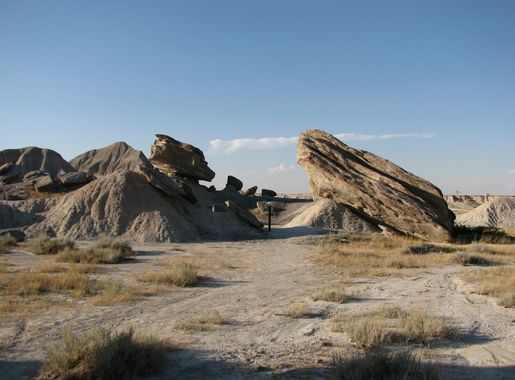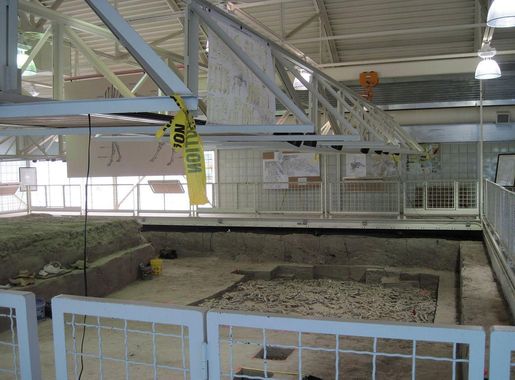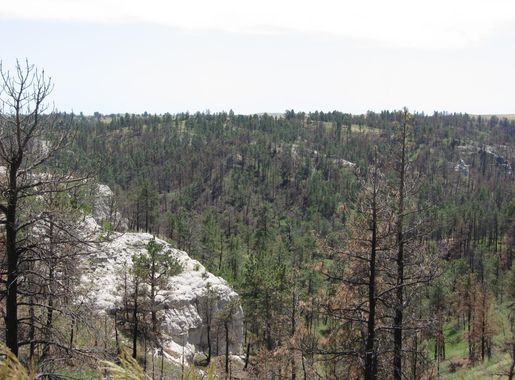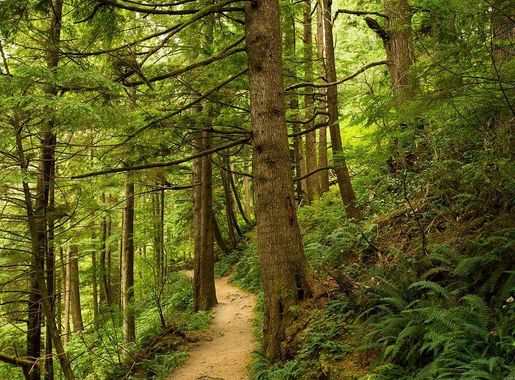
Nebraska National Forest: A Hidden Gem in America's Heartland
Explore the diverse landscapes of Nebraska National Forest, where grasslands meet woodlands, offering unique outdoor adventures in the heart of America.
Nebraska National Forest, located in the heart of the United States, is a unique treasure waiting to be explored. Unlike other forests, this destination is an impressive blend of grasslands and wooded areas, making it a diverse landscape that caters to a variety of outdoor activities. Whether you are a nature enthusiast, bird watcher, or adventure seeker, Nebraska National Forest offers something special for everyone. The forest is spread across two main areas: the Bessey Ranger District and the Pine Ridge Ranger District. The Bessey Ranger District is famously known for being the largest hand-planted forest in the Western Hemisphere. Here, you can take a scenic drive, hike through pine-covered trails, or even camp under the stars. The Pine Ridge Ranger District, on the other hand, boasts rugged terrain and dramatic cliffs, making it a perfect spot for more challenging hikes and rock climbing. Both districts offer a peaceful retreat from the hustle and bustle of city life. Wildlife is abundant in Nebraska National Forest. You might spot deer, elk, coyotes, and a variety of bird species as you explore the different habitats within the forest. For those interested in history, the forest is also home to the historic Charles E. Bessey Tree Nursery, where millions of trees have been grown and distributed across the country. Don't forget to visit the nearby towns of Chadron and Halsey, where you can experience local culture and hospitality, adding an extra layer to your adventure.
Local tips in Nebraska National Forest
- Best time to visit is from late spring to early fall for optimal weather and trail conditions.
- Bring plenty of water and snacks, as amenities within the forest are limited.
- Check local fire regulations before planning a campfire.
- Wear layers; weather can change rapidly in the forest.
- Visit the Charles E. Bessey Tree Nursery for a unique historical experience.
- Use insect repellent to protect against ticks and mosquitoes.
Nebraska National Forest: A Hidden Gem in America's Heartland
Nebraska National Forest, located in the heart of the United States, is a unique treasure waiting to be explored. Unlike other forests, this destination is an impressive blend of grasslands and wooded areas, making it a diverse landscape that caters to a variety of outdoor activities. Whether you are a nature enthusiast, bird watcher, or adventure seeker, Nebraska National Forest offers something special for everyone. The forest is spread across two main areas: the Bessey Ranger District and the Pine Ridge Ranger District. The Bessey Ranger District is famously known for being the largest hand-planted forest in the Western Hemisphere. Here, you can take a scenic drive, hike through pine-covered trails, or even camp under the stars. The Pine Ridge Ranger District, on the other hand, boasts rugged terrain and dramatic cliffs, making it a perfect spot for more challenging hikes and rock climbing. Both districts offer a peaceful retreat from the hustle and bustle of city life. Wildlife is abundant in Nebraska National Forest. You might spot deer, elk, coyotes, and a variety of bird species as you explore the different habitats within the forest. For those interested in history, the forest is also home to the historic Charles E. Bessey Tree Nursery, where millions of trees have been grown and distributed across the country. Don't forget to visit the nearby towns of Chadron and Halsey, where you can experience local culture and hospitality, adding an extra layer to your adventure.
When is the best time to go to Nebraska National Forest?
Iconic landmarks you can’t miss
Pioneer Village
Explore the rich tapestry of American pioneer life at Pioneer Village, a captivating museum featuring historic buildings and artifacts in Minden, Nebraska.
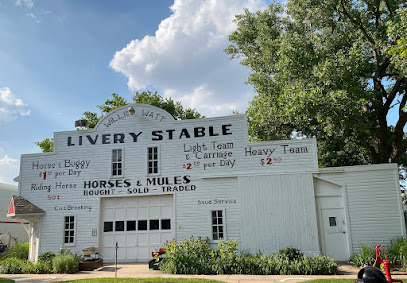
Fort Robinson State Park
Discover the beauty and history of Fort Robinson State Park, a stunning outdoor haven for hiking, wildlife viewing, and exploring Nebraska's rich heritage.
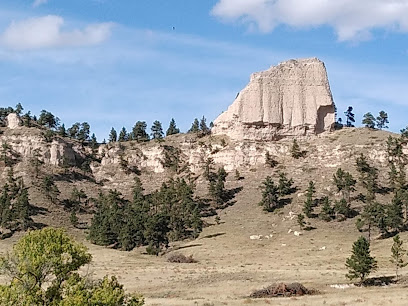
Agate Fossil Beds National Monument
Explore the ancient world at Agate Fossil Beds National Monument, where stunning landscapes meet fascinating prehistoric fossils in Nebraska's serene wilderness.
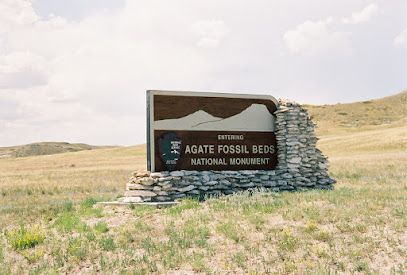
Fort Robinson Museum & History Center
Immerse yourself in the rich cultural tapestry of Nebraska at Fort Robinson Museum & History Center, where history comes alive through engaging exhibits.
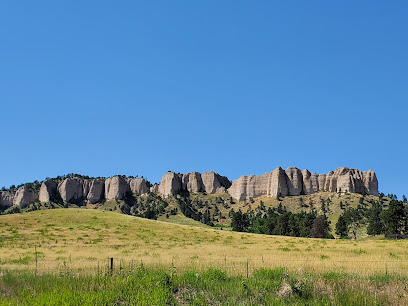
Nebraska National Forest, Bessey Ranger District
Experience Nebraska National Forest, a unique hand-planted oasis showcasing stunning landscapes and endless outdoor adventures for nature lovers.
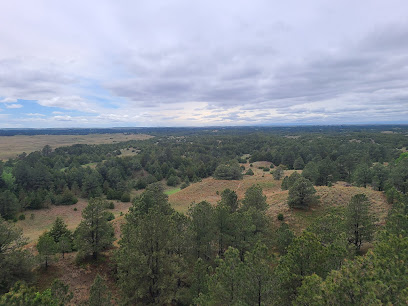
Oglala National Grassland
Explore the vast beauty of Oglala National Grassland, a serene national forest in Nebraska perfect for hiking, birdwatching, and experiencing nature's tranquility.
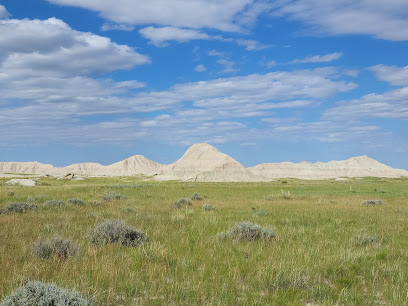
Windlass Hill
Explore Windlass Hill, a breathtaking park in Nebraska known for its stunning landscapes, rich history, and outdoor adventures perfect for all tourists.
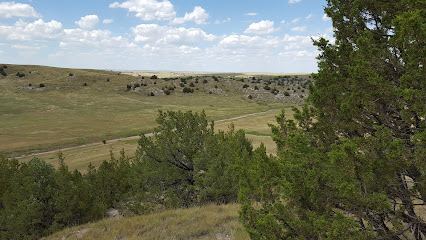
Samuel R. McKelvie National Forest
Discover the natural wonders of Samuel R. McKelvie National Forest, where adventure and tranquility meet in Nebraska's scenic wilderness.
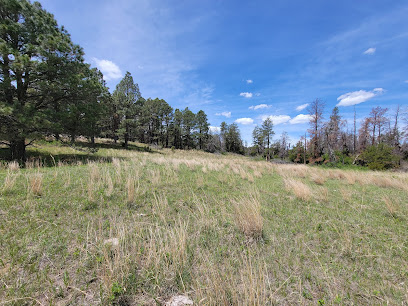
US Forestry Department
Experience the natural beauty of Chadron Campground, a serene escape in Nebraska's stunning landscapes, perfect for outdoor enthusiasts and nature lovers.
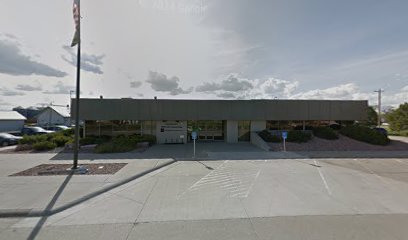
Unmissable attractions to see
Omaha's Henry Doorly Zoo and Aquarium
Discover the wonders of wildlife at Omaha's Henry Doorly Zoo and Aquarium, a top-rated attraction featuring immersive exhibits and diverse animal species.

Lauritzen Gardens
Explore Lauritzen Gardens: Omaha's premier botanical garden offering breathtaking landscapes, seasonal blooms, and a peaceful retreat in nature.
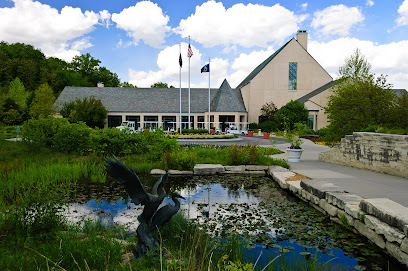
Bob Kerrey Pedestrian Bridge.
Discover the Bob Kerrey Pedestrian Bridge, a stunning link between Omaha and Council Bluffs with breathtaking views and vibrant outdoor experiences.
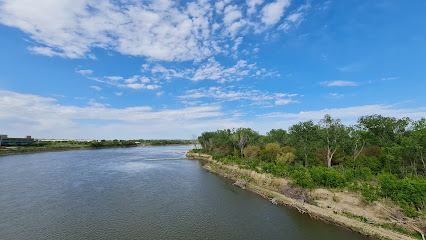
Omaha Children's Museum
Discover the magic of learning through play at Omaha Children's Museum, a premier destination for families in Omaha, Nebraska.
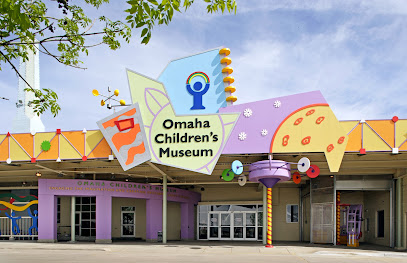
The Durham Museum
Discover the rich history and cultural heritage of Omaha at The Durham Museum, a captivating destination for tourists and history enthusiasts.
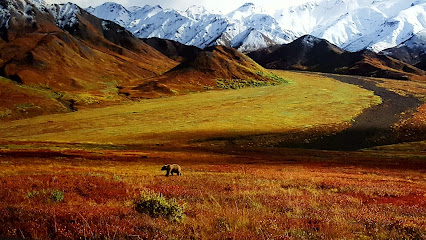
Carhenge
Discover Carhenge, an artistic marvel in Nebraska, where vintage cars create a unique homage to Stonehenge, blending history and creativity in a captivating landscape.
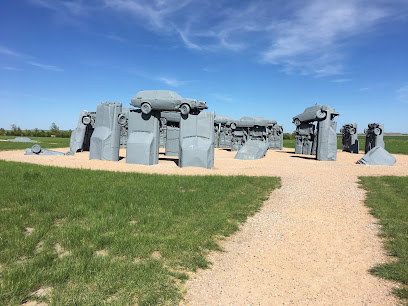
Great Platte River Road Archway Monument
Explore the Great Platte River Road Archway Monument, where history meets innovation, and discover America's pioneering spirit in Kearney, Nebraska.

Heartland of America Park at The RiverFront
Explore Heartland of America Park in Omaha – a serene urban escape with stunning fountains, lush gardens, and breathtaking views of the city skyline.
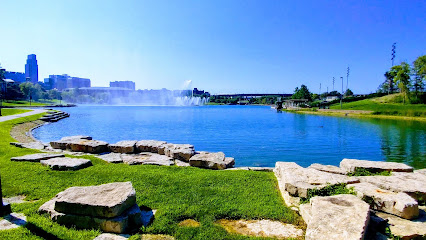
Pioneers Park Nature Center
Discover the natural beauty and educational wonders of Pioneers Park Nature Center in Lincoln, Nebraska, a perfect getaway for nature enthusiasts and families.
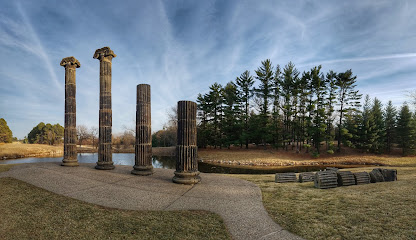
Scotts Bluff National Monument
Explore Scotts Bluff National Monument: A majestic blend of nature, history, and outdoor adventure in Nebraska's stunning landscapes.

Platte River State Park
Discover the breathtaking landscapes and abundant recreational opportunities at Platte River State Park, a premier outdoor destination in Nebraska.
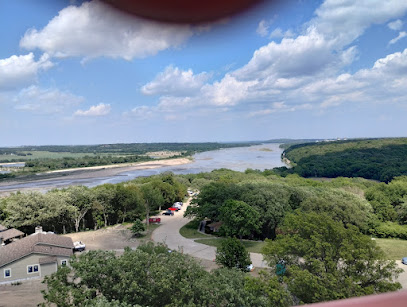
Lewis & Clark Landing at The RiverFront
Discover the historical charm and natural beauty of Lewis & Clark Landing at The RiverFront, a perfect destination for outdoor enthusiasts and history lovers alike.
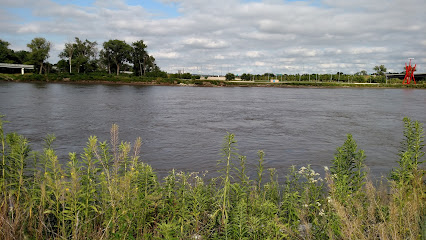
Ponca State Park
Explore the stunning landscapes and diverse wildlife of Ponca State Park, a top destination for outdoor adventure in Nebraska.
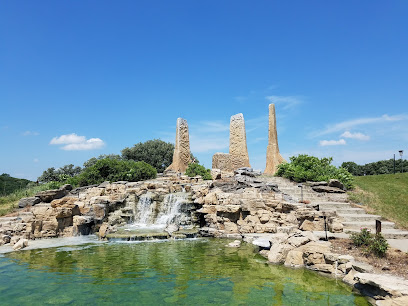
Pioneer Village
Discover the rich history of American pioneers at Pioneer Village, a captivating museum and campground in Minden, Nebraska.
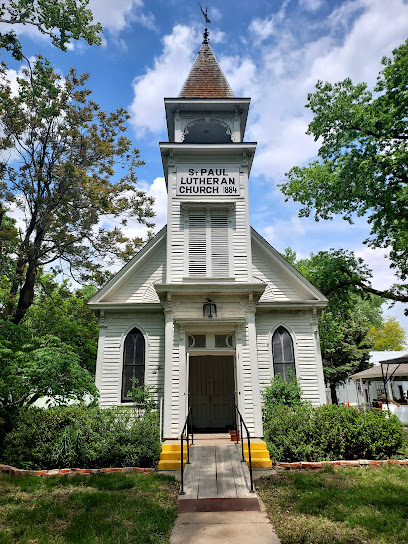
Chimney Rock Museum
Explore the rich history of the Oregon Trail and the iconic Chimney Rock at this fascinating museum in Bayard, Nebraska.
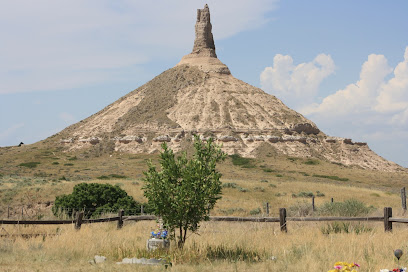
Essential places to dine
Golden Corral Buffet & Grill
Discover endless culinary delights at Golden Corral Buffet & Grill in Bellevue - perfect for families and food lovers alike.
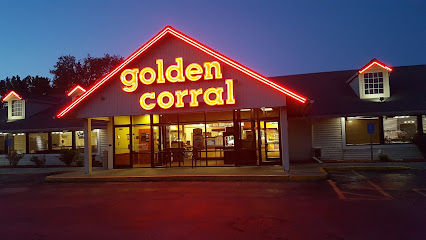
Outback Steakhouse
Savor authentic Australian flavors at Outback Steakhouse in Bellevue - where juicy steaks meet vibrant hospitality.
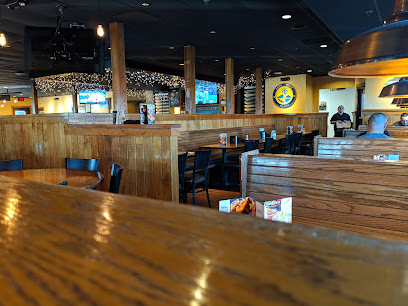
Peppermill Restaurant & EKV Lounge
Experience mouthwatering steaks and American classics at Peppermill Restaurant & EKV Lounge in Valentine, Nebraska—a must-visit culinary gem.

Antelope Creek Cafe
Discover Antelope Creek Cafe in Gordon, NE – where delicious American comfort food meets warm hospitality in a charming diner setting.
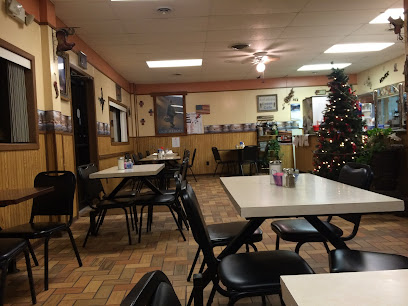
Subway
Enjoy fresh sandwiches made just the way you like them at Subway in Gothenburg—perfect for tourists seeking quick and delicious meals.
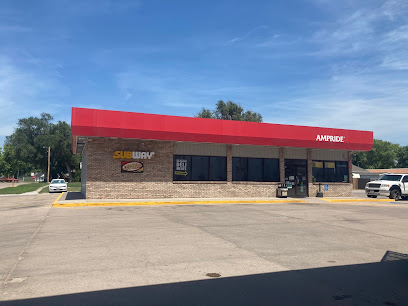
Markets, malls and hidden boutiques
Nebraska Crossing
Discover the ultimate shopping experience at Nebraska Crossing, featuring over 80 premium outlet stores and a variety of dining options in a vibrant setting.

Gateway Mall
Discover Gateway Mall in Lincoln, NE: A shopping paradise with diverse stores, dining options, and family-friendly entertainment.
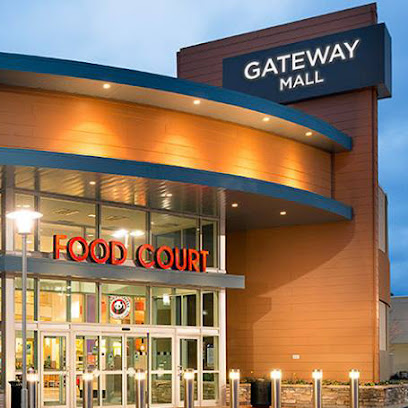
Shadow Lake Towne Center
Discover shopping, dining, and entertainment at Shadow Lake Towne Center, Papillion's premier destination for tourists seeking a vibrant experience.
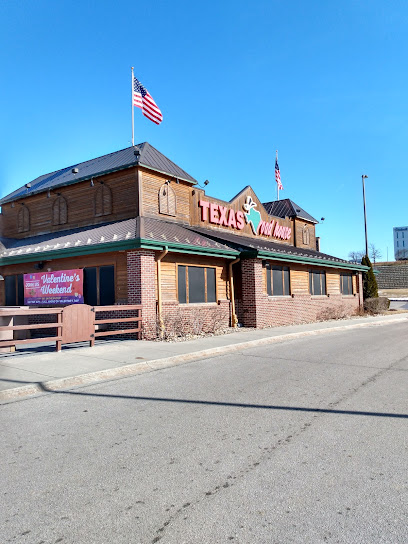
Hilltop Mall
Explore Hilltop Mall in Kearney, Nebraska – a shopping paradise offering diverse retail stores, dining options, and a vibrant community atmosphere.

Nebraska National Forest
Discover the tranquility of Nebraska National Forest, a vast haven of nature perfect for hiking, camping, and wildlife encounters.
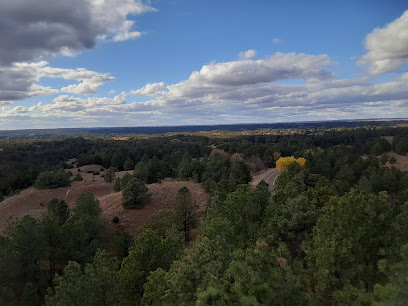
Toadstool Geological Park and Campground
Discover the captivating beauty of Toadstool Geological Park and Campground, where unique rock formations meet the serene Nebraska landscape.
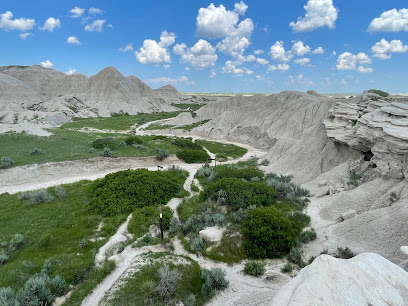
Museum of the Fur Trade
Immerse yourself in the fascinating history of fur trade and Native American culture at the Museum of the Fur Trade in Chadron, Nebraska.
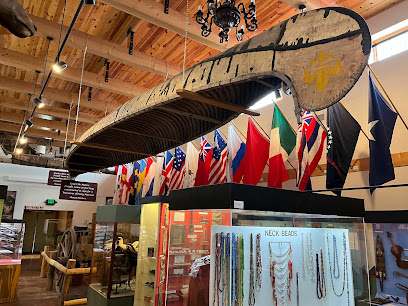
Nebraska National Forest, Bessey Ranger District
Explore the Nebraska National Forest, a unique hand-planted oasis with scenic trails, abundant wildlife, and breathtaking landscapes.

Oglala National Grassland
Discover the stunning beauty of Oglala National Grassland in Nebraska, a perfect getaway for outdoor adventures and nature lovers.
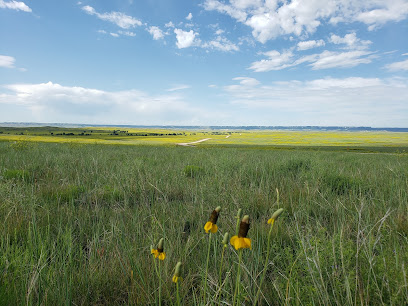
Ashley's Vintage
Explore Omaha's hidden gem, Ashley's Vintage, for unique gifts and collectibles that capture the spirit of Nebraska.
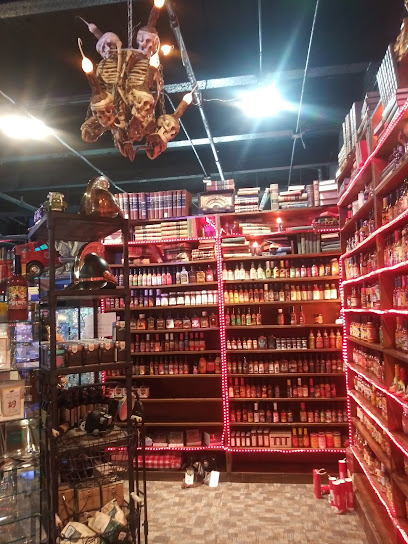
Grain Bin Antique Town
Explore a treasure trove of vintage finds and unique antiques at Grain Bin Antique Town in North Platte, Nebraska.
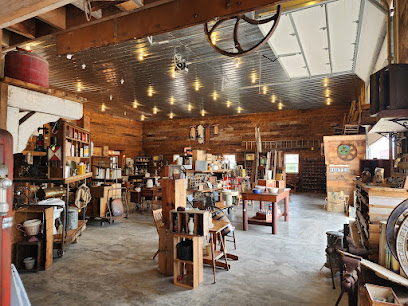
Bomgaars
Explore Bomgaars in Chadron, NE: Your go-to department store for clothing, tools, pet supplies, and more in the heart of Nebraska.

Treasured Grounds
Experience the rich flavors of local coffee at Treasured Grounds, a cozy spot in Hemingford, Nebraska, perfect for every coffee enthusiast.
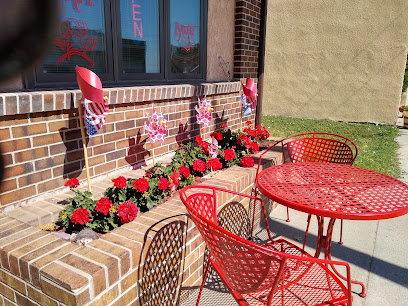
The Rustic Patch
Explore The Rustic Patch in Kearney, NE – A unique gift shop and painting studio offering handcrafted treasures and creative experiences.
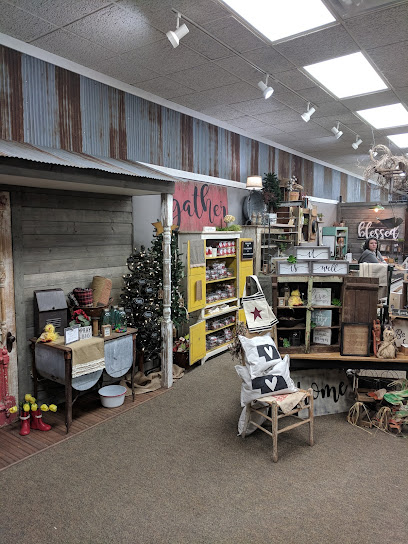
Pat's Creative
Explore Pat's Creative in Hemingford, Nebraska, your go-to destination for high-quality fabrics, quilting supplies, and beautiful handmade quilts.
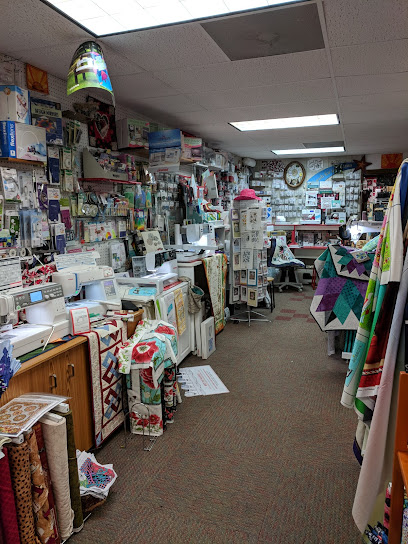
Essential bars & hidden hideouts
Steel Grill Restaurant & Bar
Discover the mouthwatering flavors of grilled cuisine at Steel Grill Restaurant & Bar in Gering, Nebraska, where great food meets a cozy atmosphere.
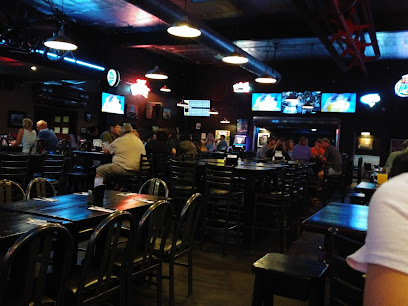
The Berry & Rye
Experience the essence of Omaha nightlife at The Berry & Rye, where expertly crafted cocktails meet a chic, inviting atmosphere.

Twisted Vine
Experience the vibrant atmosphere of Twisted Vine, where craft beers, live music, and a welcoming vibe await in Papillion, Nebraska.
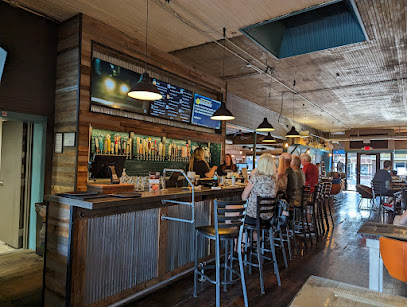
402 Sports Bar and Grill
Enjoy a vibrant dining experience at 402 Sports Bar and Grill in Beatrice, Nebraska, featuring delicious grilled dishes and refreshing drinks in a lively atmosphere.
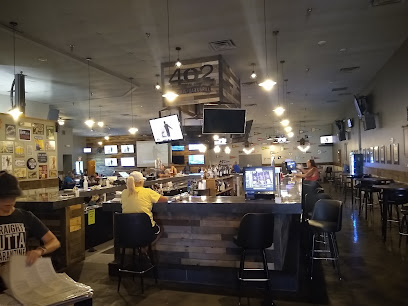
Wilds Bar & Grill
Experience the best of American dining at Wilds Bar & Grill in Chadron, Nebraska, featuring delicious meals and a welcoming atmosphere.
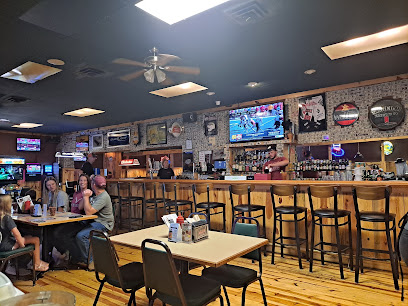
Country Bar & Grill
Discover the heart of Plattsmouth at Country Bar & Grill, where delicious meals and a warm atmosphere await every traveler.
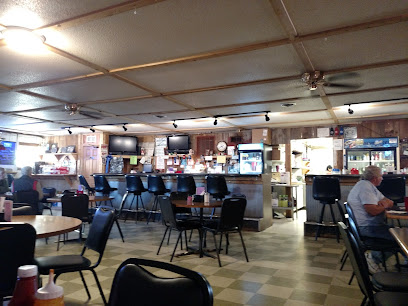
The Ridge
Discover the flavors of Nebraska at The Ridge, a charming grill in Chadron serving hearty meals and local brews in a welcoming atmosphere.
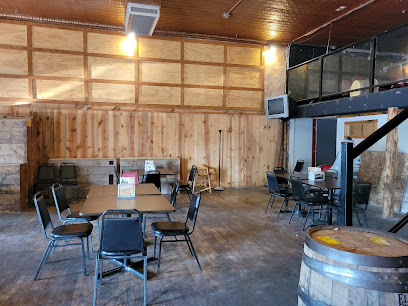
Dog House Saloon
Discover the flavors of Nebraska at Dog House Saloon, a beloved grill offering delicious food and drinks in a lively atmosphere.
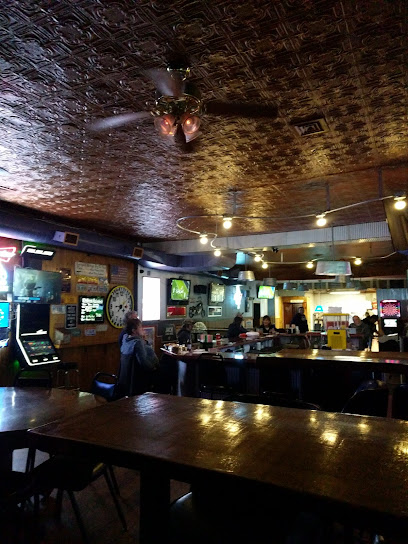
Outer Limits
Discover The Outer Limits in Valley, Nebraska: where delicious grill cuisine meets a friendly atmosphere, perfect for all travelers.
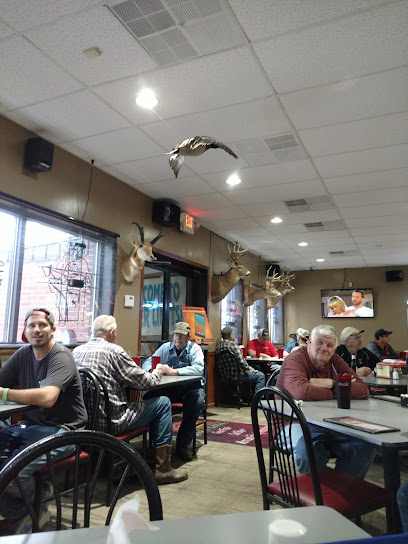
Platte Bar
Experience the lively atmosphere of Platte Bar in North Platte, Nebraska, where great drinks and friendly faces make for a perfect night out.
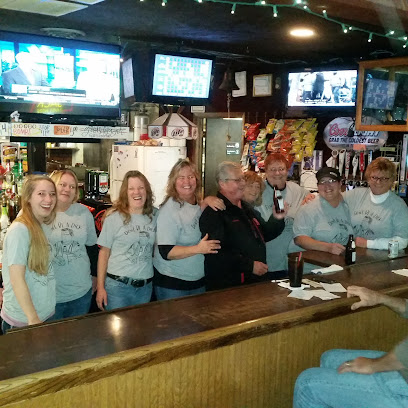
Ponderosa Bar
Discover the inviting atmosphere and delicious menu at Ponderosa Bar, a must-visit grill in Valley, Nebraska, perfect for tourists and locals alike.
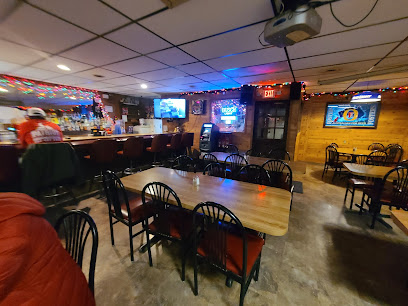
Nebraska National Forest, Bessey Ranger District
Explore the breathtaking Nebraska National Forest, Bessey Ranger District – a paradise for nature lovers and outdoor enthusiasts.
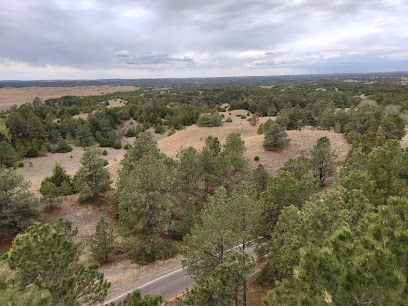
Spruce Street Tavern
Experience the vibrant atmosphere of Spruce Street Tavern, a local bar in Valley, Nebraska, offering delightful drinks and a welcoming vibe for all.

Side Trek Bar & Grill
Discover the inviting ambiance and delectable dishes at Side Trek Bar & Grill in Jansen, Nebraska, where every meal is a celebration of flavor.
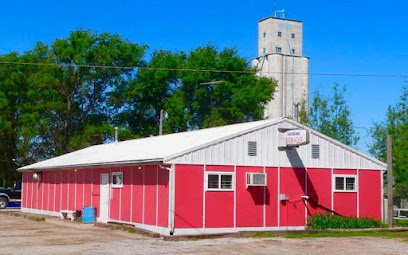
Kramer Bar & Grill
Discover Kramer Bar & Grill in Crete, Nebraska - a cozy bar serving delicious food and drinks, perfect for unwinding after a day of exploration.
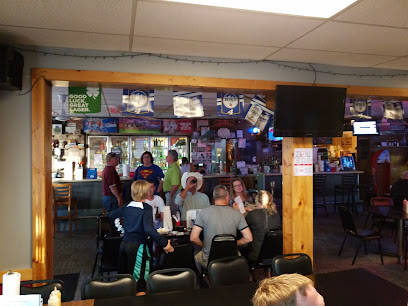
Local Phrases about Nebraska National Forest
-
- HelloHowdy
[haw-dee] - GoodbyeSo long
[soh long] - YesYep
[yep] - NoNah
[nah] - Please/You're welcomePlease/No problem
[pleez/no prob-lem] - Thank youThanks
[thanks] - Excuse me/SorryPardon me/My bad
[par-dn me/my bad] - How are you?How ya doin'?
[how yuh doo-in] - Fine. And you?Fine. How 'bout you?
[fahyn. how bout yuh] - Do you speak English?Ya speak English?
[yah speak ing-glish] - I don't understandI reckon I don't get it
[I rek-uhn I don't get it]
- HelloHowdy
-
- I'd like to see the menu, pleaseI'd like to check out the grub options, if ya don't mind
[I'd like to chek out the grub op-shuns, if yuh don't mind] - I don't eat meatI don't do meat
[I don't do meat] - Cheers!Here's to ya!
[here's to yuh] - I would like to pay, pleaseI reckon it's time to settle up
[I rek-uhn it's time to set-tul up]
- I'd like to see the menu, pleaseI'd like to check out the grub options, if ya don't mind
-
- Help!S.O.S!
[S.O.S!] - Go away!Git!
[Git!] - Call the Police!Ring up the sheriff!
[Ring up the sheriff!] - Call a doctor!Get a doc on the line!
[Get a doc on the line!] - I'm lostI'm turned around
[I'm turned around] - I'm illI'm under the weather
[I'm under the weather]
- Help!S.O.S!
-
- I'd like to buy...I'm lookin' to purchase...
[I'm lookin to pur-chase] - I'm just lookingI'm just browsin'
[I'm just brow-sin] - How much is it?What's the damage?
[What's the dam-age] - That's too expensiveThat's a bit steep
[That's a bit steep] - Can you lower the price?Ya able to knock off some?
[yah able to knock off some]
- I'd like to buy...I'm lookin' to purchase...
-
- What time is it?What's the hour?
[What's the hour?] - It's one o'clockIt's one
[It's one] - Half past (10)Half past ten
[Half past ten] - MorningMornin'
[Morn-in] - AfternoonAfternoon
[Afternoon] - EveningEvenin'
[Even-in] - YesterdayYest'day
[Yest-day] - TodayToday
[Today] - TomorrowTomorra
[Tom-orra] - 1One
[One] - 2Two
[Two] - 3Three
[Three] - 4Four
[Four] - 5Five
[Five] - 6Six
[Six] - 7Seven
[Seven] - 8Eight
[Eight] - 9Nine
[Nine] - 10Ten
[Ten]
- What time is it?What's the hour?
-
- Where's a/the...?Where's the... at?
[Where's the... at?] - What's the address?What's the addy?
[What's the addy?] - Can you show me (on the map)?Can ya point it out (on the map)?
[Can ya point it out (on the map)?] - When's the next (bus)?When's the next (bus) rollin' through?
[When's the next (bus) roll-in through?] - A ticket (to ....)A ticket (to ....)
[A ticket (to ....)]
- Where's a/the...?Where's the... at?
History of Nebraska National Forest
-
Nebraska National Forest was established in 1902 by President Theodore Roosevelt, marking a pivotal moment in the conservation movement in the United States. Originally intended as an experimental forest to research tree growth in the Great Plains, it became a cornerstone of reforestation efforts in the region.
-
Founded in 1903 by Dr. Charles E. Bessey, the Bessey Nursery remains an integral part of Nebraska National Forest. As the oldest federal tree nursery in the United States, it has supplied millions of seedlings for reforestation projects, significantly contributing to the forest's development and sustainability.
-
During the Dust Bowl era of the 1930s, the Great Plains Shelterbelt Project, initiated by President Franklin D. Roosevelt, aimed to combat soil erosion by planting trees across the Great Plains. Nebraska National Forest played a crucial role in this project, providing both the land and the expertise needed to plant extensive shelterbelts.
-
In 1971, the Nebraska National Forest was expanded to include the Samuel R. McKelvie National Forest, bringing additional land under federal management. This expansion was part of a broader effort to consolidate forest lands and improve ecological management across the state.
-
During World War II, Nebraska National Forest served as a training ground for soldiers. The forest's vast and varied terrain provided an ideal setting for military exercises, significantly aiding the war effort. Remnants of these training grounds can still be explored today.
-
In the latter half of the 20th century, Nebraska National Forest began to develop more recreational facilities to attract visitors. This included the creation of campgrounds, hiking trails, and picnic areas, transforming the forest into a hub for outdoor activities while preserving its natural beauty.
-
Nebraska National Forest is home to diverse wildlife, including species such as the prairie chicken, elk, and bison. Conservation efforts have been ongoing since the forest's establishment, focusing on habitat preservation and the reintroduction of native species to maintain ecological balance.
Nebraska National Forest Essentials
-
Nebraska National Forest is located in the central part of Nebraska, United States. The closest major airports are Denver International Airport (DEN) in Colorado and Eppley Airfield (OMA) in Omaha, Nebraska. From these airports, you can rent a car and drive to the forest. The drive from Denver takes approximately 5 hours, while the drive from Omaha takes around 4 hours. Alternatively, you can take a Greyhound bus to nearby towns such as Chadron or Halsey and then hire a local taxi or shuttle service to reach the forest.
-
Once you arrive at Nebraska National Forest, the most convenient way to get around is by car. There are several car rental services available in nearby towns. The forest itself has a network of well-maintained roads and trails that can be navigated by car or on foot. For those interested in exploring more remote areas, consider renting an ATV or mountain bike. Public transportation options within the forest are limited, so it’s advisable to plan your transportation in advance.
-
The official currency in the United States is the US Dollar (USD). Major credit cards are widely accepted in nearby towns and within the forest for lodging and dining, but it is a good idea to carry some cash for smaller purchases, especially if you plan to visit more remote areas. ATMs are available in towns like Chadron and Halsey, but it's wise to withdraw sufficient cash before heading into the forest.
-
Nebraska National Forest is generally a safe destination for tourists. However, like any travel destination, it is advisable to take standard precautions. Be aware of your surroundings and avoid leaving valuables in plain sight in your vehicle. Wildlife encounters are common, so follow all posted guidelines to stay safe. There are no specific high-crime areas targeting tourists within the forest, but staying vigilant is always a good practice.
-
In case of emergency, dial 911 for immediate assistance. There are ranger stations and medical facilities within the forest that can provide help. It is recommended to have travel insurance that covers medical emergencies. For minor health issues, there are pharmacies in nearby towns where you can purchase over-the-counter medications. Always carry a first-aid kit when hiking or exploring remote areas.
-
Fashion: Do wear comfortable, weather-appropriate clothing and sturdy hiking boots. Don’t wear open-toed shoes or sandals when hiking. Religion: Do respect any cultural or religious landmarks within the forest. Public Transport: Do plan your trips in advance as public transportation options are limited. Don’t rely on public transport within the forest. Greetings: Do greet fellow hikers and forest staff with a friendly hello or nod. Eating & Drinking: Do carry enough water and snacks for your excursions. Don’t leave litter behind; always follow 'Leave No Trace' principles.
-
To experience Nebraska National Forest like a local, consider visiting during the off-peak seasons for a more serene experience. Participate in ranger-led programs to learn about the local flora and fauna. Engage with locals in nearby towns to get insider tips on the best trails and scenic spots. Don't miss the opportunity to camp under the stars; the forest offers some of the best stargazing opportunities due to its low light pollution.
Trending Landmarks in Nebraska National Forest
Nearby Cities to Nebraska National Forest
-
Things To Do in Mount Rushmore
-
Things To Do in Rapid City
-
Things To Do in Deadwood
-
Things To Do in Cheyenne
-
Things To Do in Sterling
-
Things To Do in North Platte
-
Things To Do in Laramie
-
Things To Do in Gillette
-
Things To Do in Pierre
-
Things To Do in Fort Collins
-
Things To Do in Estes Park
-
Things To Do in Boulder
-
Things To Do in Denver
-
Things To Do in Kearney
-
Things To Do in Sheridan

